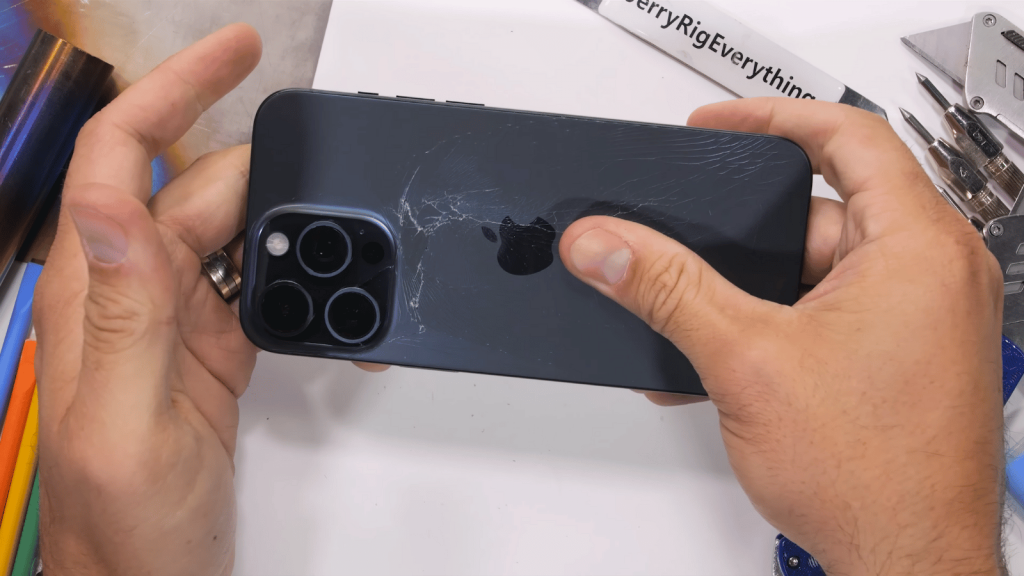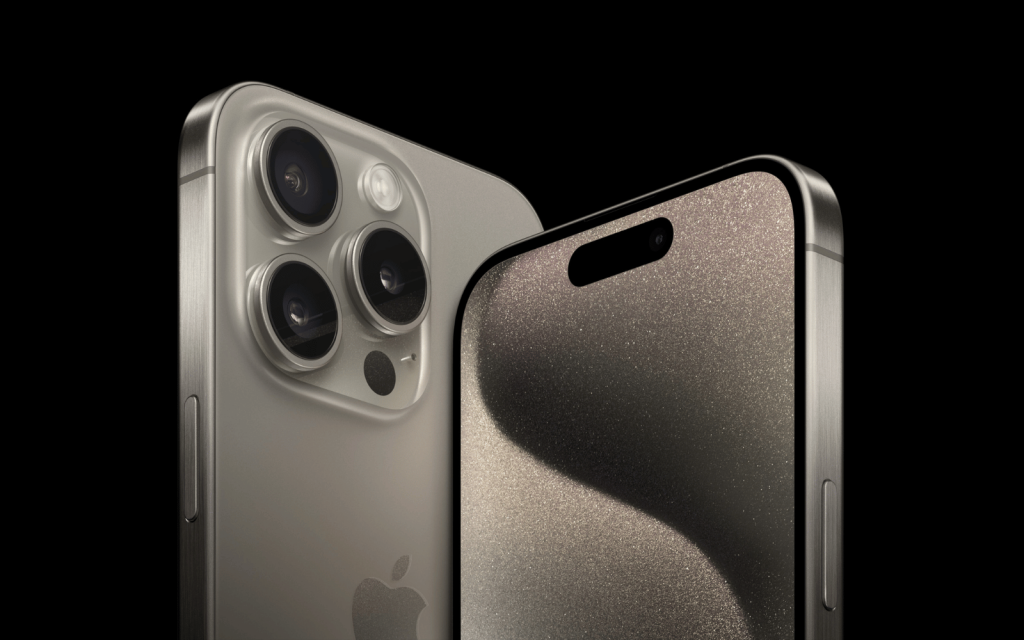Steve Jobs would be appalled. Not only were most of the iPhone 15’s new features leaked long before the launch, but the phone has been plagued with problems. As much as the own-goal over its new sustainable fibre phone cover called FineWoven was an avoidable flop, so were the overheating problems and the mangled software to transfer data from older Apple devices.
Bloomberg’s peerless Apple watcher Mark Gurman is reporting that iPhone 15 Pro and Pro Max owners are “complaining that the new devices get too hot during use or while charging”.
This is “a potential setback for the company’s flagship product,” Gurman writes.
Gurman also reported that “all iPhone 15 models shipped with a bug that could render the device inoperable if users choose to transfer over their information directly from an old iPhone”. Ouch.
Jobs would be firing people at this point. The privacy-obsessive Apple founder would also be furious at these technical problems that could – and should – have been solved before launch.
Meanwhile, the larger iPhone 15 Pro Max with its fancy new titanium frame isn’t as sturdy as previous metal casings.
iPhones shouldn’t make that sound

“I did not see that one coming,” said popular YouTuber JerryRigEverything when he pushed the back of a new iPhone 15 Pro Max. The glass back shattered surprisingly quickly.
“You’ve been watching me durability test smartphones for about 11 years now and most phones do not break,” he pointed out in the video that has been seen over nine million times (see here, from 7:15).
The iPhone 14 didn’t crack when he pushed it last year (see here, from 06:20).
Apple claims that the 15 Pro units feature the “aerospace‑grade titanium design, using the same alloy that spacecraft use for missions to Mars”.
Nothing like Apple’s trademark hyperbole…
Meanwhile, as right-to-repair website iFixit argues, the phone’s “great design [is] undermined by parts pairing”.
After swapping the front camera between two of the iPhone 15 Pro Max units iFixit bought, they discovered that it “results in complete failure. The cameras simply do not work.”
The organisation’s Kyle Wiens writes that “parts pairing in these models extends beyond mere mechanical compatibility, requiring authentication and pairing through Apple’s System Configuration tool, further limiting genuine replacements to Apple-blessed ones”.
This “substantially” impacts people’s ability to repair their gadgets themselves.
“Repair is hard enough without software obstacles thrown into the mix. We’ve spent over $10,000 on iPhones over the last few days and our technicians have been systematically testing components to determine which repairs are possible and which are not,” Wiens adds.
As Gurman points out: “The iPhone accounts for about half of Apple’s revenue, and new models are closely scrutinised for any potential flaws”.




